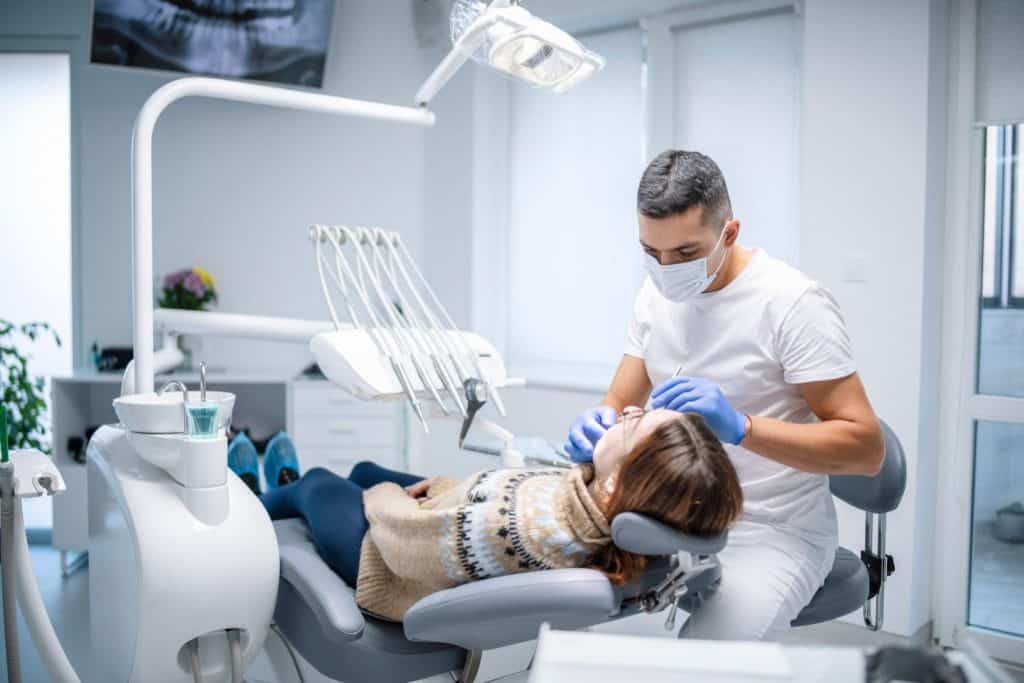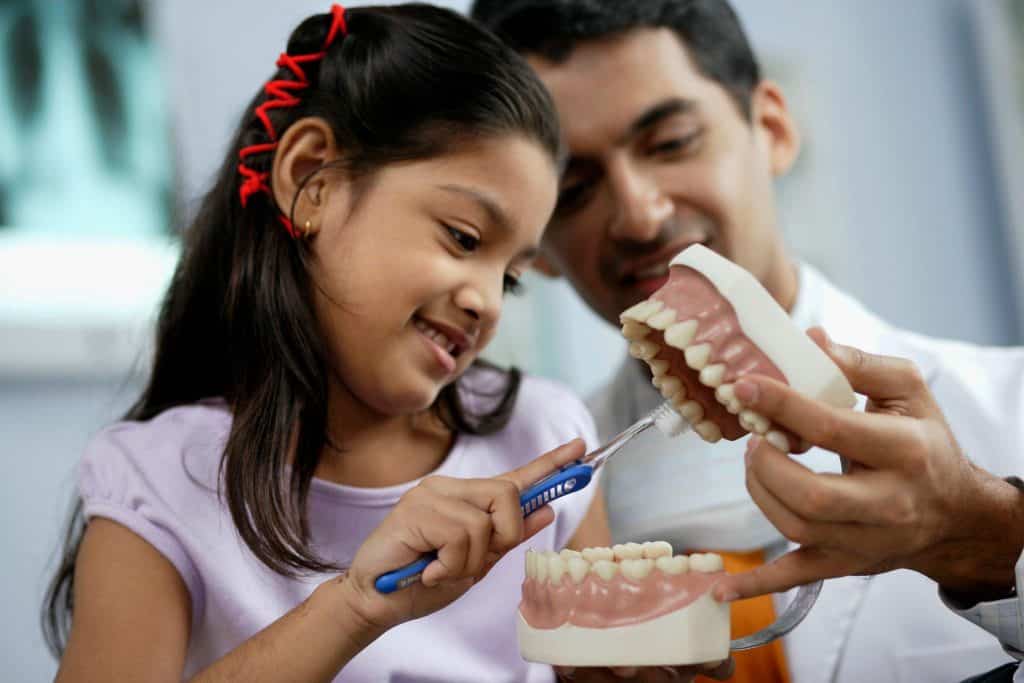The field of dentistry has experienced remarkable advancements over the years. From the emergence of dental implants to the revolution of digital imaging and the implementation of universal precautions, each innovation has significantly impacted dental care. Heft, Fox, & Duncan (2020) and other researchers have highlighted these advances as transformative in the field.
Read more to discover some of these groundbreaking developments and their influence on dental practice.

Dental Implants: A Paradigm Shift
Revolutionizing Tooth Replacement
Dental implants have become a cornerstone in restorative dentistry, offering a durable and aesthetically pleasing solution for tooth loss.
Key Advancements:
- Improved Materials: Development of biocompatible materials for better osseointegration.
- Technological Evolution: Advances in implant design and placement techniques for enhanced success rates (Jivraj & Chee, 2006).

Digital Imaging in Dentistry
Transforming Diagnostic and Treatment Planning
Digital imaging technologies like intraoral radiography and cone beam computed tomography (CBCT) have revolutionized dental diagnostics and treatment planning.
Impact of Digital Imaging:
- Accurate Diagnostics: Enhanced imaging quality for precise diagnosis.
- Efficient Treatment Planning: 3D imaging for better visualization and planning of dental procedures (Shah, Bansal, & Logani, 2014).
Universal Precautions in Dental Care
Ensuring Safety and Hygiene
The implementation of universal precautions has been pivotal in ensuring the safety and hygiene of both patients and dental healthcare workers.
Advancements in Safety:
- Infection Control: Standardized protocols for sterilization and disinfection.
- Personal Protective Equipment (PPE): Usage of gloves, masks, and eye protection to prevent cross-contamination (Heft, Fox, & Duncan, 2020).

CAD/CAM Systems in Dental Restorations
Enhancing Efficiency and Precision
Computer-Aided Design and Computer-Aided Manufacturing (CAD/CAM) systems have transformed dental restorations, making them more efficient and precise.
Benefits of CAD/CAM:
- Customized Restorations: Tailored dental restorations with precise fit and aesthetics.
- Reduced Turnaround Time: Faster production of restorations, improving patient convenience (Tinschert et al., 2004).
Nanotechnology in Dentistry
The Frontier of Dental Innovation
Nanotechnology has opened new avenues in dentistry, from improving material properties to developing innovative treatment modalities.
Nanotechnology Applications:
- Enhanced Material Properties: Development of stronger and more aesthetic restorative materials.
- Targeted Drug Delivery: Nanoparticles for localized treatment of oral diseases (Nutalapati et al., 2009).

The Role of AI in Dental Care
AI-Driven Dental Diagnostics and Treatment
Artificial Intelligence (AI) is increasingly being used in dental diagnostics and treatment planning, offering more accurate and efficient care.
AI Innovations:
- Enhanced Diagnostics: AI algorithms for early detection and diagnosis of dental conditions.
- Personalized Treatment Plans: Using AI to develop tailored treatment strategies for patients (Balaban et al., 2021).
Conclusion
The advancements in dental care, including implants, digital imaging, universal precautions, CAD/CAM systems, nanotechnology, and AI, have collectively elevated the standards of dental practice. They have not only enhanced the quality of patient care but have also streamlined dental procedures, making treatments more accessible, efficient, and patient-centric. As dental technology continues to evolve, these innovations will further transform the landscape of dental healthcare.
